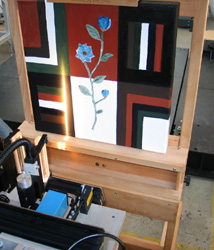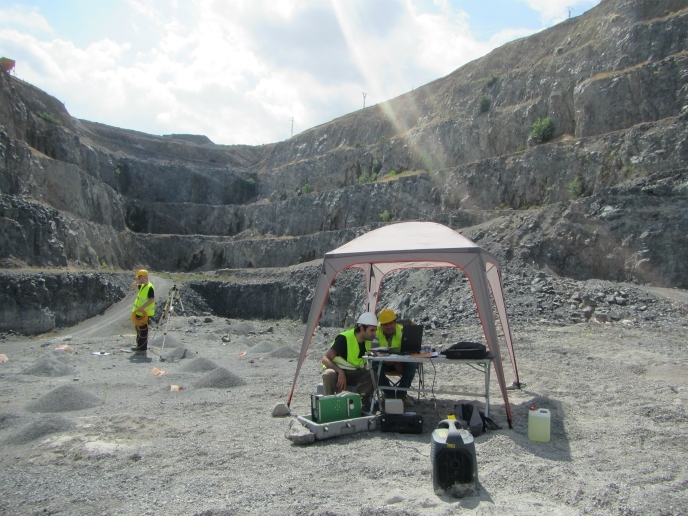Lasers for maintaining and restoring cultural heritage
The degradation of paintings housed by monuments and churches is mainly a result of non-controlled microclimate conditions. These can adversely affect both the original materials as well as those applied over time during restoration efforts. The degradation of applied materials can in turn also lead to degradation of the original ones. Given the delicate nature of artworks and the commonly observed bad conservation conditions, novel cleaning methods with selective and controllable characteristics are necessary. Conventional cleaning methods, mechanical cleaning methods or tools and the use of liquid solvents in many cases cannot effectively and safely clean works of art. They may also pose risks for the restorers themselves. The 'Innovative laser based system and technologies for in-situ cleaning of painting artworks' (INART) project aimed to develop specific technologies for controlled removal of materials from the surfaces of painted artworks. The development and use of new restoration technologies based on a mobile, flexible laser-based system targeted quality cleaning of free-standing and wall-painted artworks. The EU-funded project tailored its approach to cultural heritage preservation by making use of technological and scientific advances across several fields. Project partners developed a prototype that integrates a laser source transmitting radiation to the surface of the work by an end-user–controlled mechanical device. This made it possible to remove unwanted over-paintings or encrustations without affecting the essential paint layers. The prototype also included diagnosis and monitoring tools for controlling the entire cleaning operation. Such considerations are necessary in view of the sensitive nature of pigments, binding media and varnishes. The robotic system is the largest component inside the project's developed cleaning cell. The system positions and delivers the laser beam from the laser source to the artwork and allows for positioning all sub-systems through its manipulator. The software offers an intuitive and friendly graphical user interface based on an architecture that will allow for the future introduction of other tools. Through efforts to develop a clean technology, the INART project enhanced methods of preservation and reduced environmental impact by introducing non-use of hazardous chemicals. This contributes to improved working conditions and overall better end results. By making cultural heritage more appealing and available to a larger audience, project outcomes can potentially boost the general economy by providing increased tourism and employment. The laser-based tool can also drive innovation and competitiveness for small and medium-sized enterprises (SMEs) by opening up the market for quality conservation and restoration activities.







